For cigar enthusiasts, smoking a cigar is a deliberate ritual, providing an opportunity to step away from the hustle and bustle of everyday life and immerse themselves in a world of reflection. Many cigar aficionados find themselves captivated by the intricate beauty of these carefully crafted tobacco creations, savoring each and every subtle flavor.
But how well do we truly grasp the meticulous craftsmanship involved in creating that perfect cigar? It's simple to be carried away by the romantic experience of enjoying a cigar, yet it is equally gratifying to recognize the dedication and artistry that originates with the very birth of a tobacco leaf.
Cigars are more than just a source of pleasure; they serve as a testament to the art of agriculture, the mastery of blending, and the skill of rolling.
The journey of a tobacco leaf is a narrative worth sharing, encompassing history, culture, and the unwavering commitment of the artisans who transform the leaf into a cigar.
So, let's delve into the voyage of tobacco leaves, from their humble beginnings as seeds to the smoking experience that we hold dear and commemorate daily at Revolucion Cigars.
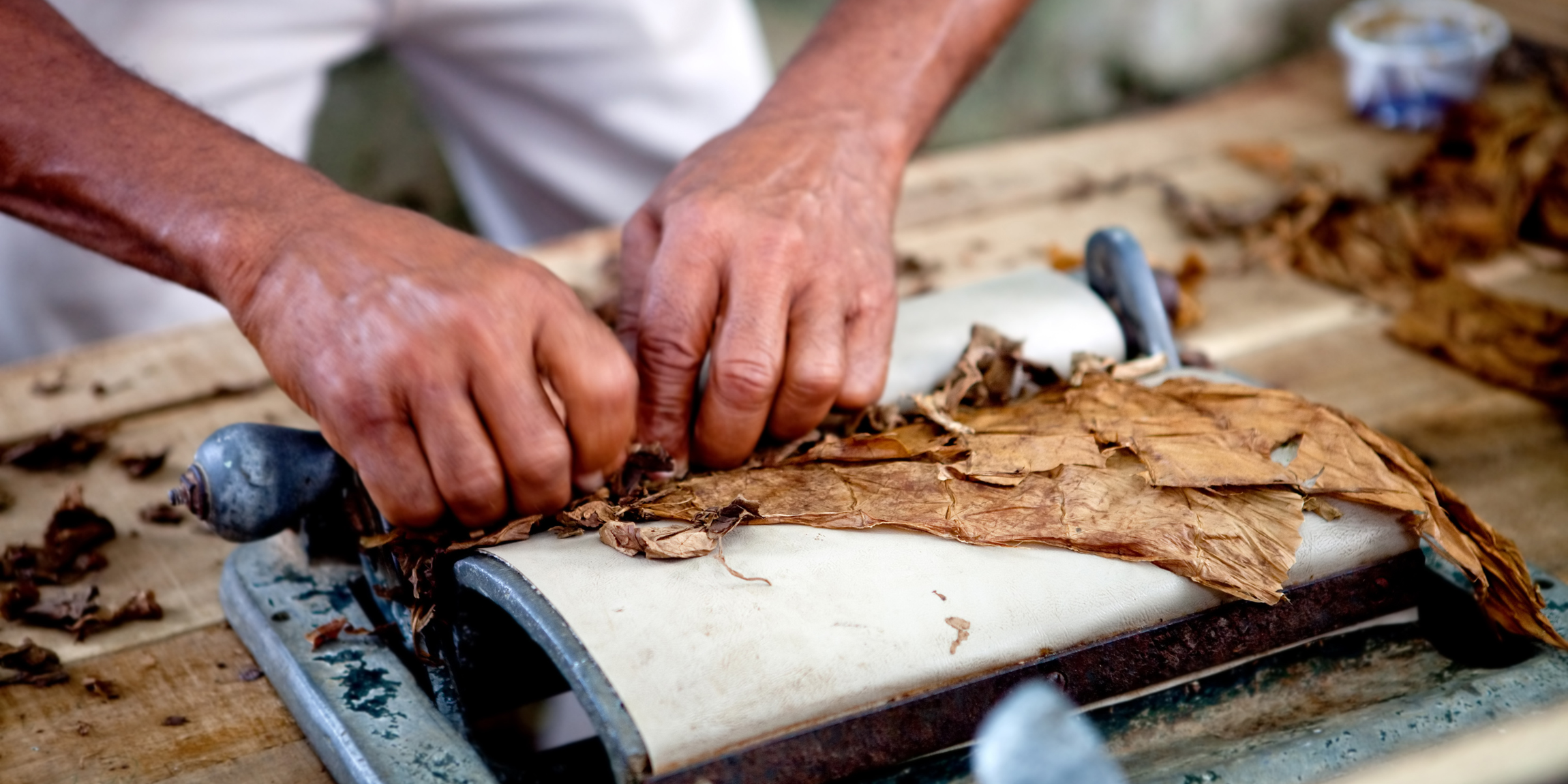
The Beginning: Planting the Seed
In the world of cigars, it all starts with the seeds. Like hand-picking the perfect ingredient for a flavorful recipe, the art of picking the tobacco seeds is a vital element of crafting the finest cigar.
The seeds are the secret behind the flavors and quality of a cigar - and there are so many seed types to choose from, each with its own distinctive characteristics.
One of the star seeds in the cigar world is Corojo. It's originally from Cuba's Vuelta Abajo region and packs a punch with its robust flavor and high nicotine content. The only downside is that it's a bit susceptible to diseases, but there are hybrid versions that try to keep that distinctive taste while being more resilient.
Then there's Criollo, which is like one of the old-timers of the tobacco world. It's been around for ages and was initially used as filler and binder, but now it's also popular as a wrapper. What sets it apart is its strong and spicy flavor – it's like the cigar equivalent of adding some spice to your food.
And last but not least, there's Habano. This one's kind of like the cousin of the Corojo seed. It's been adapted to grow in different regions and is well-known for its rich, full-bodied taste. You'll often find it gracing cigar wrappers, giving them that extra imparting in flavor.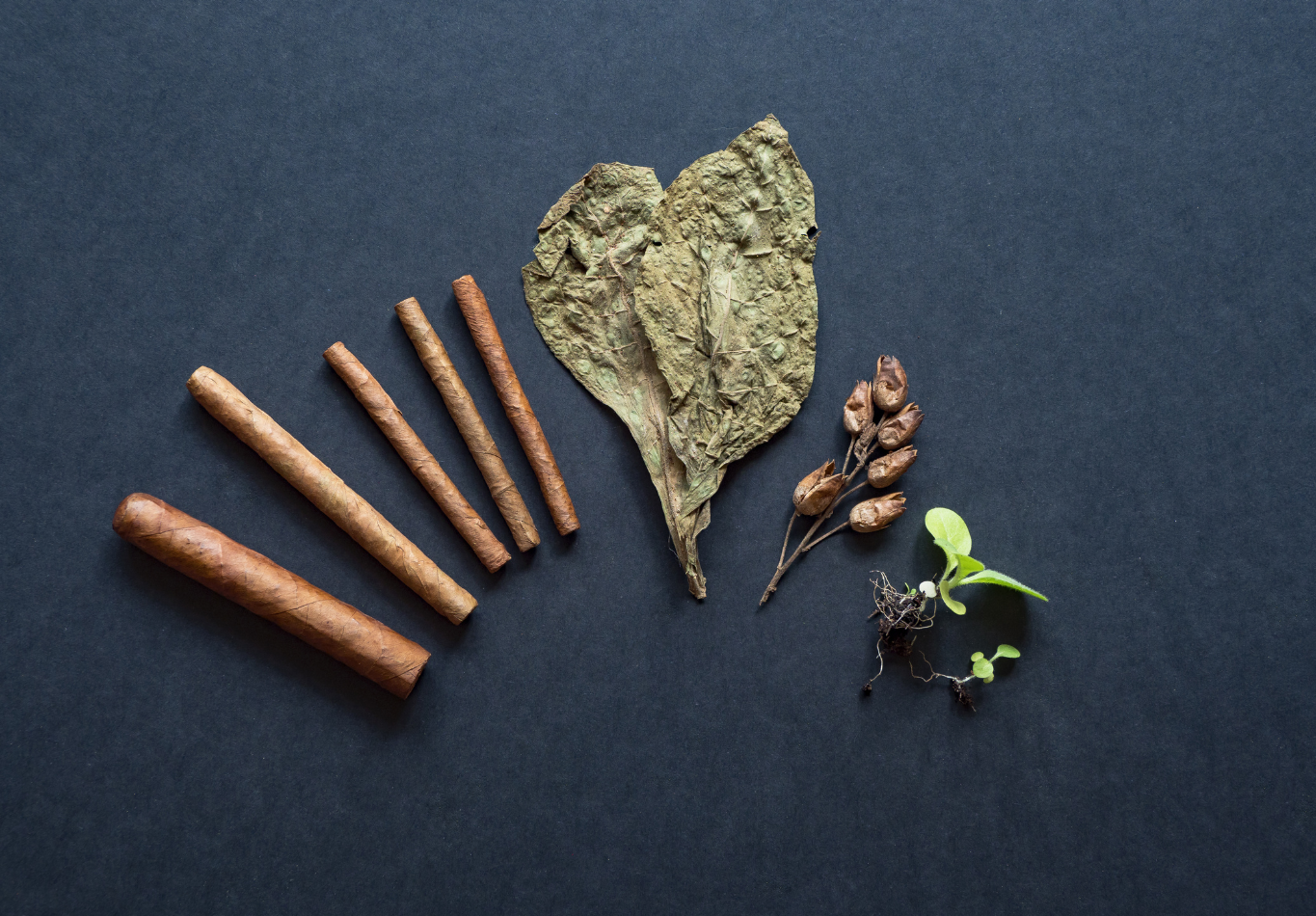
The Triad of Growth – Soil, Climate, and Care
The growth of tobacco requires excellent conditions of soil, climate and care.
The soil, a nurturing caregiver, provides essential nutrients, while the climate, a gentle guardian, dictates growth patterns. However, it's the dedicated individuals, the unsung heroes of the tobacco fields, who offer meticulous care, ensuring the plant's well-being.
Any subtle fluctuation in these factors can profoundly influence the quality of the crop, making the role of these devoted individuals even more significant and deserving of heartfelt appreciation.
Geographical Prowess of Cuban Cigars
Cuba's unique geography, mineral-rich soil, and traditional farming practices have made it a prime location for tobacco cultivation. Its microclimate, with consistent temperatures and humidity, has established Cuban tobacco as synonymous with luxury and excellence.
The Growth: Nurturing the Plant
The growth of tobacco involves nurturing the plant through various essential elements.
Sunlight influences the thickness and resilience of the leaves, while water determines their texture and elasticity. Constant attention is crucial.
Tobacco farmers face several challenges, including the threat of diseases, inconsistent rainfall, and fluctuating temperatures. To overcome these challenges, they may use solutions like crop rotation, shade-grown techniques, and manual inspection to protect their crops.
Harvesting is a careful process involving hand-picking, and sequential harvesting ensures that each leaf is collected at its peak maturity.
When it's time for harvest, the criteria for determining readiness include the leaves having a robust color, optimal size, and a slightly leathery texture.
The bottom leaves mature first, followed by the middle and top leaves. The harvested leaves are handled and transported with great care to preserve their quality and prevent wilting. This meticulous care and attention to detail throughout the growth and harvesting process are essential in producing high-quality tobacco.
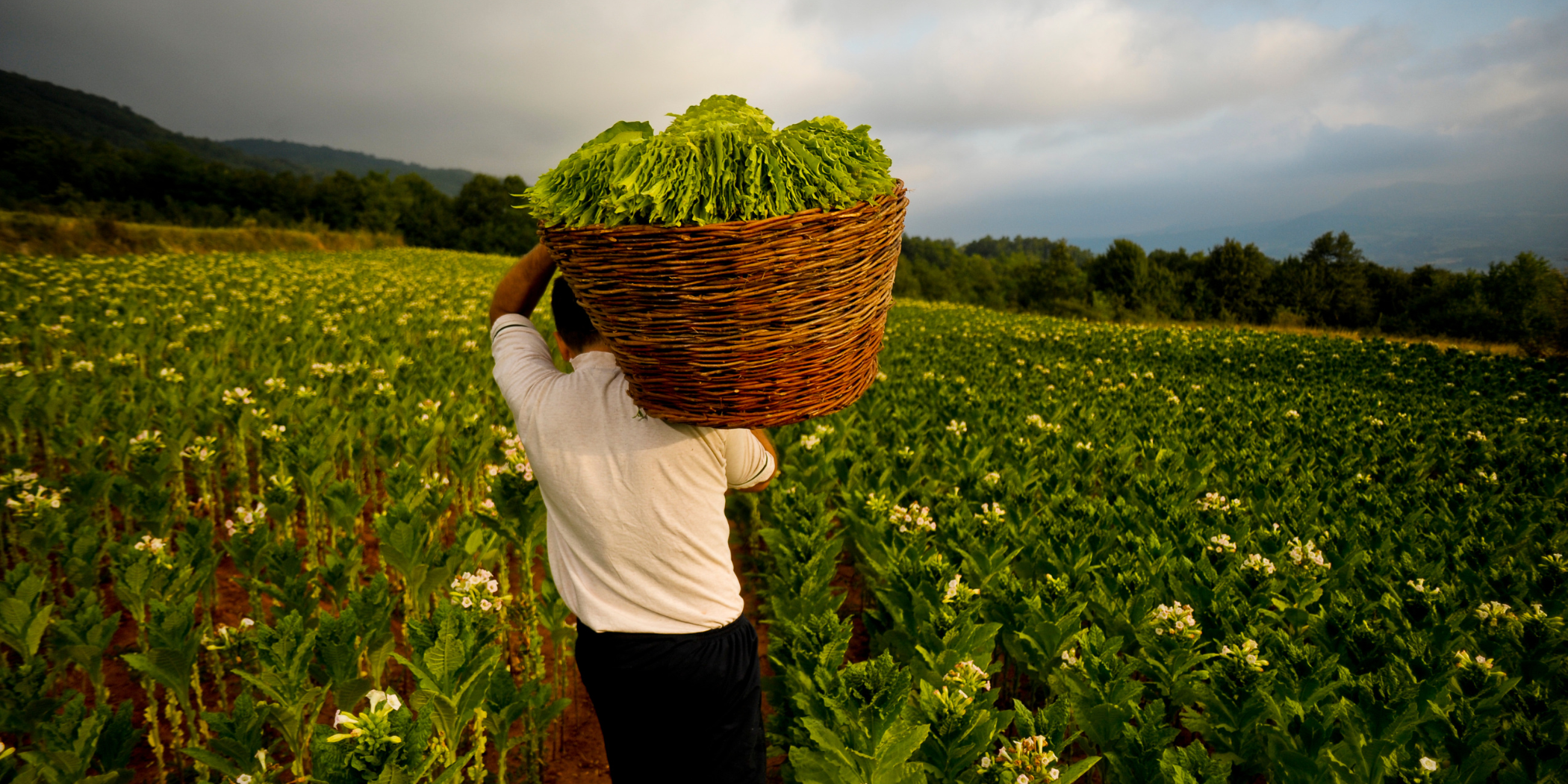
Read more
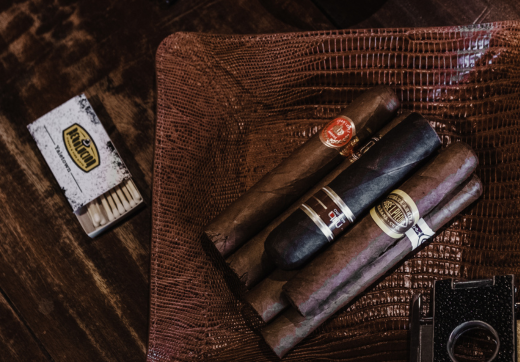
Cigar aficionados understand that the selection of size and shape goes beyond aesthetics; it plays a pivotal role in shaping the entire smoking experience. Whether you opt for a Robusto or...
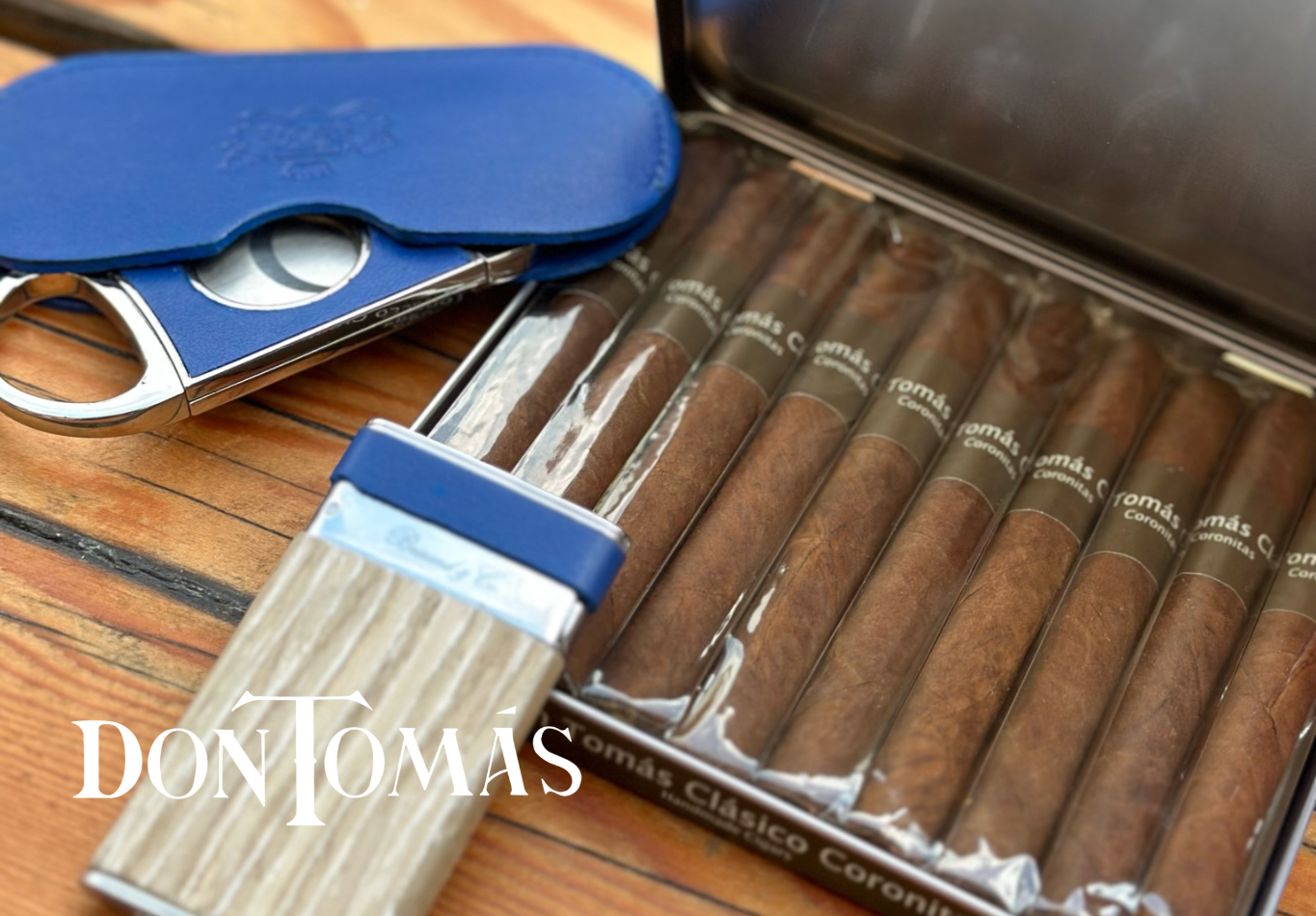
Delve into the extraordinary universe of Don Tomas Cigars at Revolucion, where each puff becomes a tribute to a rich legacy and an enduring commitment to craftsmanship. Unveil the essence of excell...

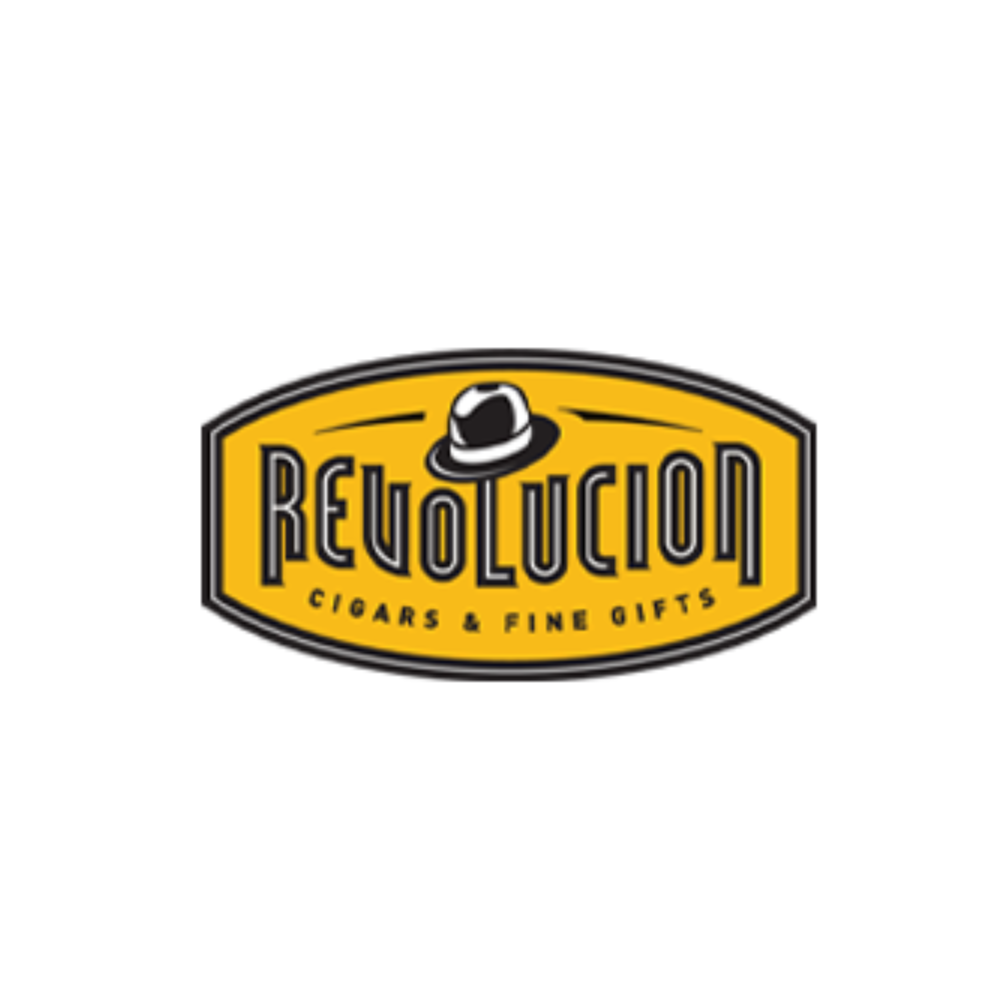
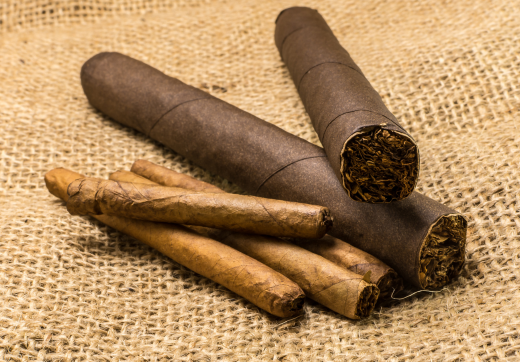
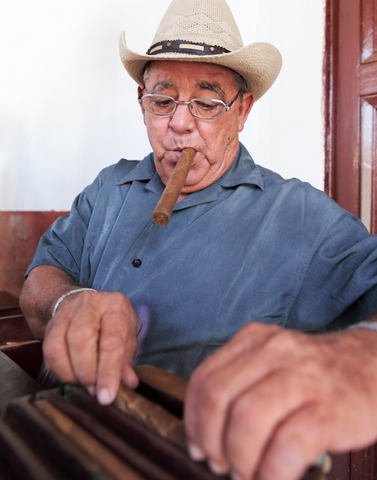
Leave a comment
All comments are moderated before being published.
This site is protected by hCaptcha and the hCaptcha Privacy Policy and Terms of Service apply.